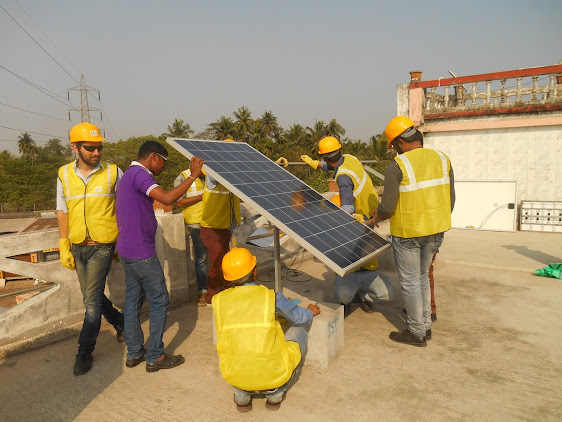Many companies offering to end consumers

one kilowatt of solar system costs less than a premium mobile phone "We are encouraging rooftop solar, because, the its opportunities to creates jobs, when compared with utility scale solar. whole eco-system of suppliers, manufacturers of modules, structures, inverters and more have adapted to the business opportunity." - says Expert at Institute of Solar Technology. Solar Adoption Experience For Consumers - Solar is not only environmentally responsible, but the investment too breaks-even within 3 to 4 years. The system yields high returns on investment and is commercially viable. with the help of net-metering, the power supply is uninterrupted which in turn reduces the cost of the overall system in the longer run. one kilowatt of solar system costs less than a premium mobile phone and in addition, it’s an investment into green energy and the saving in electricity bill continues for 25 years. Many companies offering to end consumers include both loans with 12-84 EMIs a








